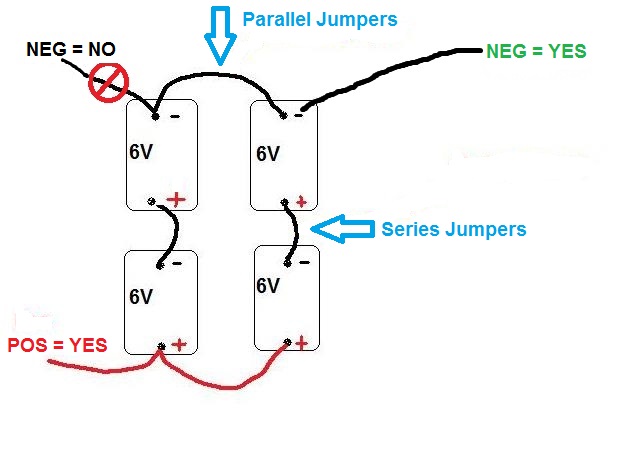My newly acquired 91 Hunter 375 has both a 12-volt starter battery and two 6-volt house batteries. All are brand new. The Perko battery switch has positions for "All", 1 & 2. Power only works if "all" or "1" is selected. When switched to "2", nothing seems to work and the voltmeter at the nav station reads zero. From this I imply that either the house bank is somehow connected to nothing, or all the batteries are in parallel (6 volt in series). The owners manual is a joke.
As a new boat owner, I would assume that 1 connects to the starter battery and two connects to the house bank and All connects to all three. Is this correct?
As a new boat owner, I would assume that 1 connects to the starter battery and two connects to the house bank and All connects to all three. Is this correct?

